The medieval fortress of Tsepina rises, perched on an isolated peach, over one of the biggest valleys in the Rhodope Mountain – the Chepino valley. Archaeological exploration began here in 1960, and a little later – in 1966 – the fortress was declared an immovable cultural monument of national significance. According to archaeologists these lands were inhabited as far back as the end of the 5th millennium BC.
Historian Velichka Matsanova says that written records from the 12th-14th century are vital to unlocking the secrets of Tsepina:
“A document and source of information of particular importance isDespot Alexius Slav’sdeed of donation (sigillum) to the Monastery of the Mother of God by the Cave in Melnik from 1220, which is kept at the Holy and Great Monastery of Vatopedi on Mount Athos. In it, Alexius Slav writes that he is moving the capital city from Tsepina to Melnik, leaving it as his summer residence."
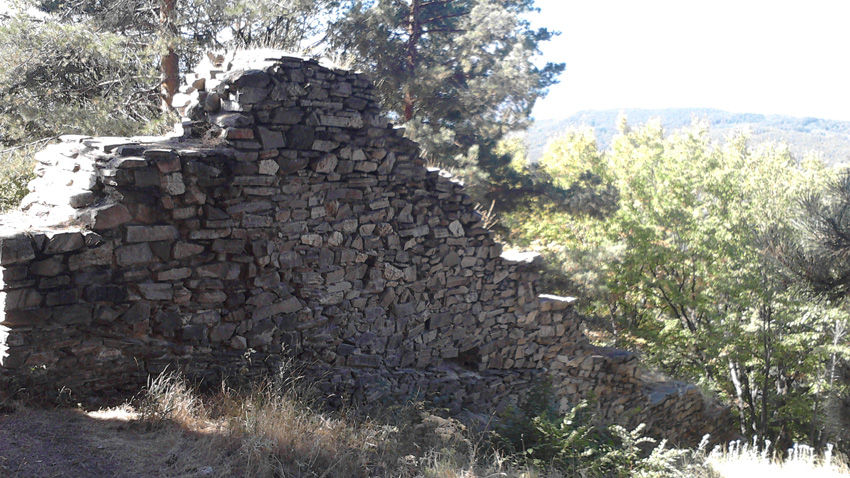
"The first person to write about the old fortress and monastery at Tsepina is Stefan Zahariev, a prominent man of letters and local historian from the time of the National Revival, in his “Description of the Tatar-Pazardjik kaza”, 1870. A Russian linguist and historian, Polihronii Sirku from St. Petersburg was also interested in the fortress. In one of the fortress churches he found an altar door and marble relief icons of the apostles St. Peter and St. Paul, now on display at the Hermitage.”
The ruins of Tsepina testify to a wealthy lifestyle in bygone times. But what was the fortress like? Velichka Matsanova:
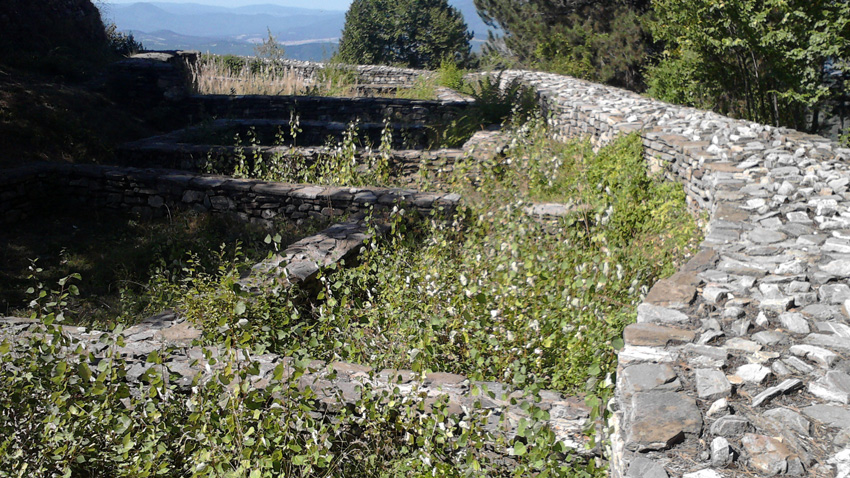
“In the 1st millennium BC, the northwestern portion of the Rhodopes were inhabited by the Thracian tribe called Bessi. They turned the craggy peak into an open-air sanctuary. Several cult fireplaces have been found, where the Bessi performed religious rituals. The zoomorphic and anthropomorphic figurines and pottery discovered illustrate the diverse religious activities and spiritual life of the Thracian tribe. The Bessi were the last of the Thracian tribes to have been converted to Christianity at the end of the 4th century (396) by bishop Nicetas of Remesiana."
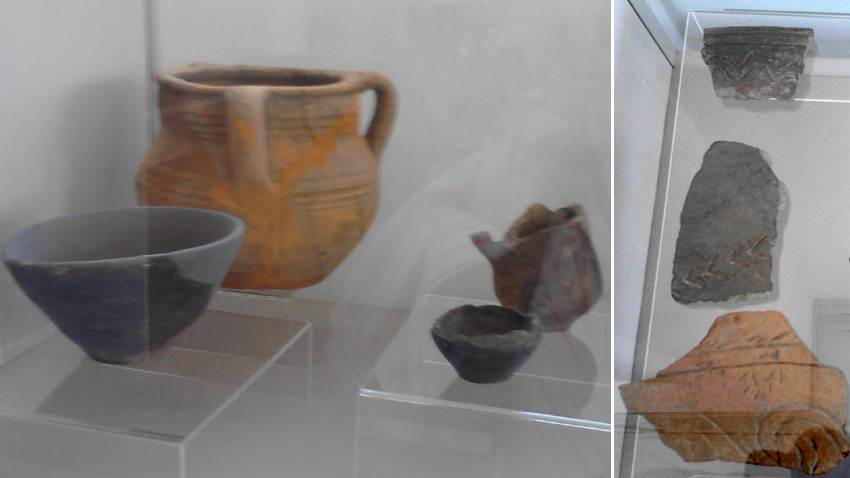
"And on the same spot where the sanctuary once stood, a three nave Christian basilica was built, of which the central nave and the apsis have come down to us."
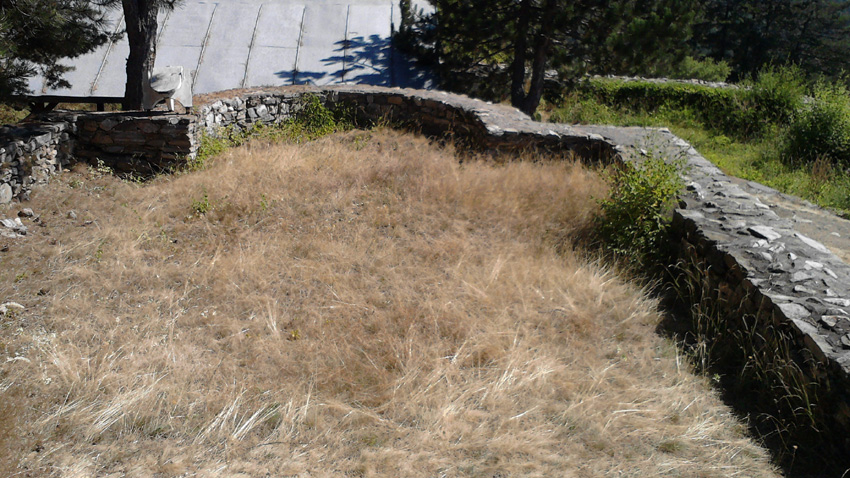
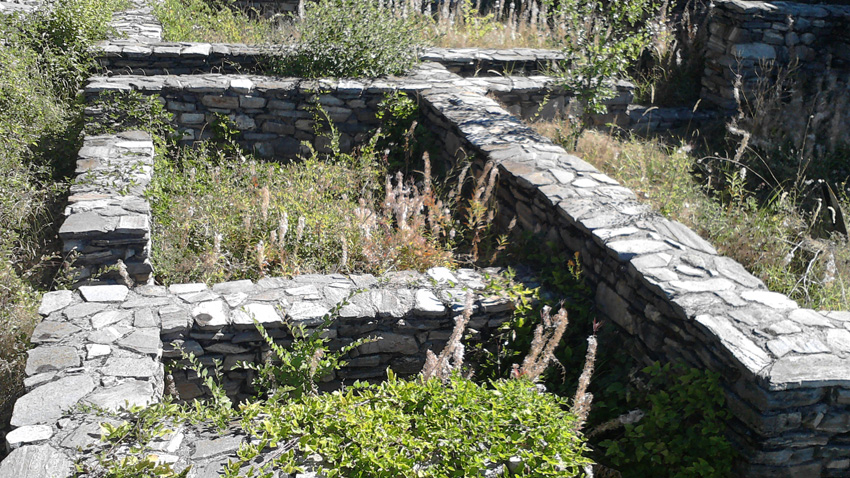 "Over a period of two centuries (5th-6th century) a monastery complex was added, with more than 26 dwelling houses. Religious life here is documented in a number of artifacts – like the anointing oil ampoule made of lead and decorated with images of saints, or the monogram seal of a patrician. Until the reign of Tsar Kaloyan (1197-1207), the region of the Rhodopes was within the bounds of the Byzantine Empire. It was incorporated into the Bulgarian Kingdom after his victory in the battle at Edirne in 1205 and the conquest of Plovdiv. He appointed his relative Sevastus Alexius Slav – one of the most vivid personages in Bulgarian and Balkan medieval history – as governor. After the death of Tsar Kaloyan and the usurpation of power by Boril, Alexius Slav declared himself an independent ruler of the Northwestern Rhodope region, with capital Tsepina which he fortified. The ruler’s castle – with a fortified tower and a representative building with underground water cisterns – rises inside the citadel. In the inner city centre, Despot Slav built two fortress churches with frescoes and flooring made of bricks with crosses carved into them. Tsepina grew to be an administrative, economic and cultural centre for the whole of the Northwestern Rhodopes – with well-developed arts and crafts and trade contacts with neighbouring countries.”
"Over a period of two centuries (5th-6th century) a monastery complex was added, with more than 26 dwelling houses. Religious life here is documented in a number of artifacts – like the anointing oil ampoule made of lead and decorated with images of saints, or the monogram seal of a patrician. Until the reign of Tsar Kaloyan (1197-1207), the region of the Rhodopes was within the bounds of the Byzantine Empire. It was incorporated into the Bulgarian Kingdom after his victory in the battle at Edirne in 1205 and the conquest of Plovdiv. He appointed his relative Sevastus Alexius Slav – one of the most vivid personages in Bulgarian and Balkan medieval history – as governor. After the death of Tsar Kaloyan and the usurpation of power by Boril, Alexius Slav declared himself an independent ruler of the Northwestern Rhodope region, with capital Tsepina which he fortified. The ruler’s castle – with a fortified tower and a representative building with underground water cisterns – rises inside the citadel. In the inner city centre, Despot Slav built two fortress churches with frescoes and flooring made of bricks with crosses carved into them. Tsepina grew to be an administrative, economic and cultural centre for the whole of the Northwestern Rhodopes – with well-developed arts and crafts and trade contacts with neighbouring countries.”
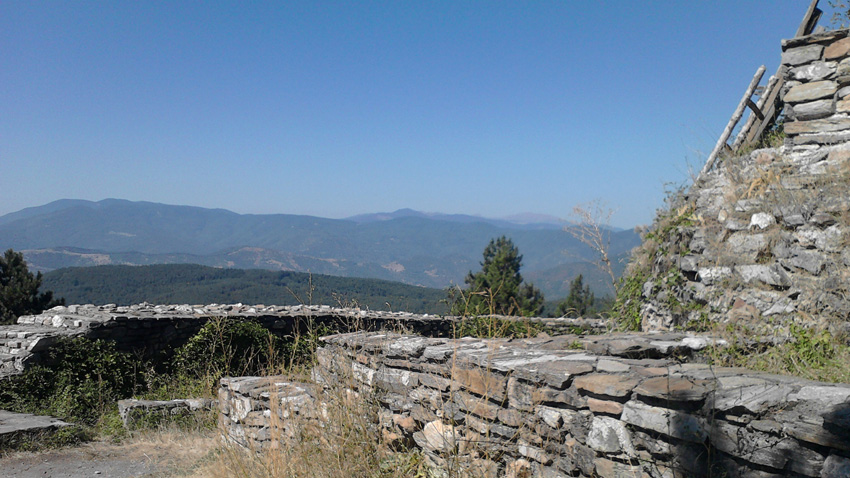
In the words of Velichka Matsanova through the hundreds of years of its existence, the fortress has never been conquered, and even Byzantine chroniclers describe it as “very well fortified” and “totally impregnable”. Tsepina has not revealed all of its mysteries to this day because the terrain here is very difficult, very steep. The local army barracks remain unstudied, but the most important structures from Late Antiquity and the Middle Ages have been studied and conserved, Velichka Matsanovaadds.

At the foot of the hill on which the fortress rises there is an information centre with a museum collection presenting the history of the fortress and of the archaeological excavations here. It displays different artifacts illustrating the life of the people living here through the ages.
English version: Milena Daynova
Photos: Svetlana DimitrovaThe testimonies of those who took part in the fateful events of 1876 are numerous and often contradictory. But the letters and documents about the April Uprising, which led to the liberation of Bulgaria , paint a fuller picture of the events that goes..
76 years after his death, the remains of the first Bulgarian Tsar of the Third Bulgarian Tsardom, Ferdinand I, were returned to the "Vrana" Palace and his last will has finally been fulfilled. The Tsar wrote that he wished to be..
In the centuries-old tradition of the Bulgarian Orthodox Church, the laity have always greeted the new cleric or bishop with exclamations of "worthy". In this way they express their respect and hope that he will wisely lead the congregation to spiritual..

+359 2 9336 661
